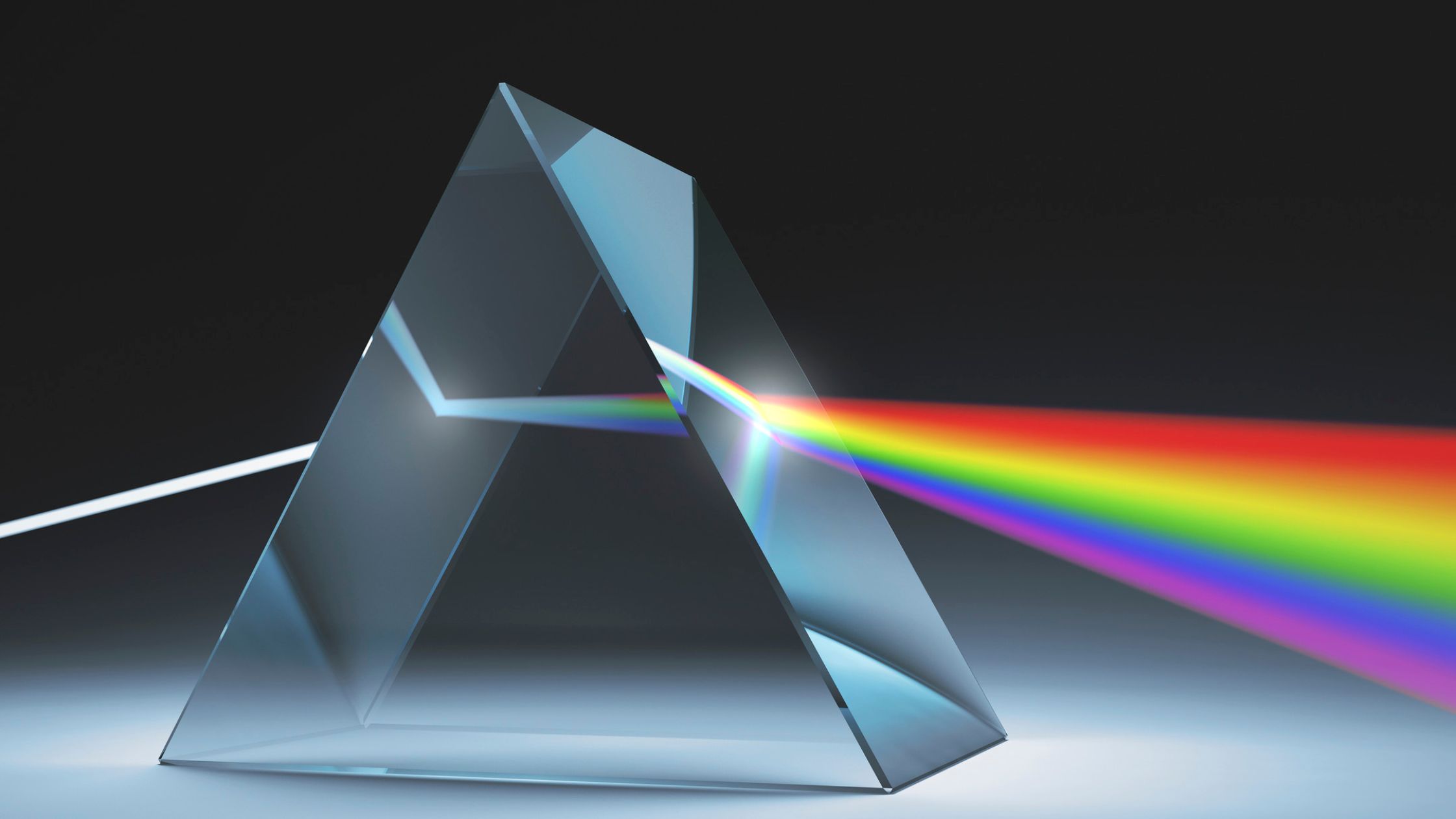Applications of Schmidt Prisms in Optical Instruments
Schmidt prisms are a type of prism used in optical instruments to rotate an image by 180 degrees without inverting it. They are used in a variety of optical instruments, including cameras, binoculars, and telescopes. In this article, we’ll discuss the applications of Schmidt prisms in optical instruments and their benefits.
Camera Viewfinders
Schmidt prisms are commonly used in camera viewfinders to provide a non-inverted image for the user to view. The prism is positioned between the camera lens and the viewfinder, rotating the image by 180 degrees without inverting it. This allows the user to view the image in the correct orientation and provides a more natural viewing experience.
Binoculars
Schmidt prisms are also used in binoculars to reduce their size and weight. Traditional Porro prism binoculars require two prism assemblies, which can be large and heavy. Schmidt prisms allow for a more compact and lightweight design, making them ideal for portable and handheld binoculars. They also provide a non-inverted image for more comfortable viewing.
Telescopes
Schmidt prisms are used in telescopes to rotate the image for more comfortable viewing. Traditional telescopes produce an inverted image, which can be disorienting for the user. Schmidt prisms allow for a non-inverted image while also reducing the size of the telescope. This makes them ideal for use in portable and lightweight telescopes.
Surveying Instruments
Schmidt prisms are also used in surveying instruments to rotate the image for more comfortable viewing. Surveying instruments are used to measure angles and distances, and the ability to view the image in the correct orientation is essential for accurate measurements. Schmidt prisms provide a non-inverted image and are often used in the eyepieces of surveying instruments.
Military Optics
Schmidt prisms are used in military optics to provide a non-inverted image and reduce the size and weight of the equipment. Military personnel often need to carry their equipment with them, and the ability to reduce the size and weight of the optics can be beneficial. Schmidt prisms are also used in night vision equipment to provide a non-inverted image for more comfortable viewing.
Medical Instruments
Schmidt prisms are used in medical instruments, such as endoscopes, to rotate the image for more comfortable viewing. Endoscopes are used to examine internal organs and cavities, and the ability to view the image in the correct orientation is essential for accurate diagnoses. Schmidt prisms provide a non-inverted image and are often used in the eyepieces of endoscopes.
Scientific Instruments
Schmidt prisms are used in a variety of scientific instruments, including microscopes and spectrometers. They provide a non-inverted image and can be used to reduce the size and weight of the equipment. Schmidt prisms are also used in Fourier transform spectrometers to provide a fixed optical path length and improve the accuracy of the measurements.
Conclusion
Schmidt prisms are a versatile component in a variety of optical instruments. They provide a non-inverted image while rotating it by 180 degrees, making them ideal for applications where the user needs to view the image in the correct orientation. Schmidt prisms are commonly used in camera viewfinders, binoculars, telescopes, surveying instruments, military optics, medical instruments, and scientific instruments. By understanding the applications of Schmidt prisms, users can choose the right optical instrument for their specific needs and enjoy the benefits of non-inverted images and compact designs.








